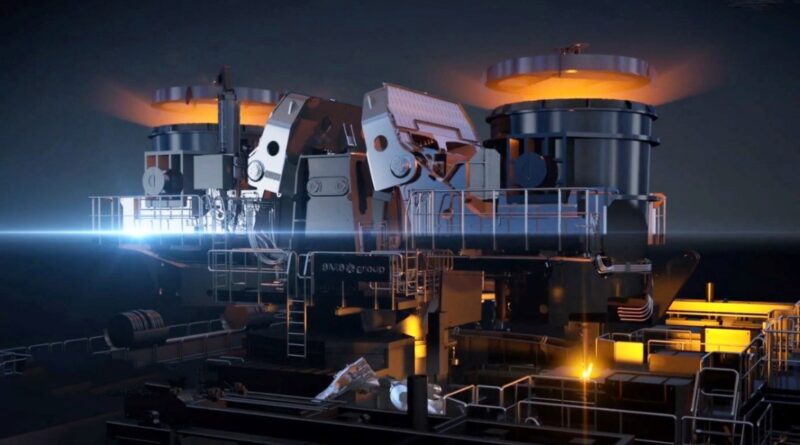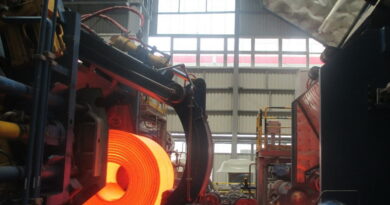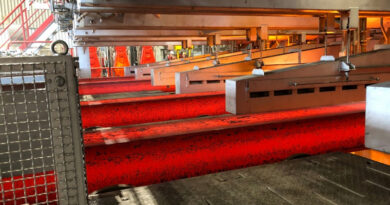STEELMAKING: Developing economies short range outlook for 2021/2022
Steel demand in the developing economies excluding China continued to recover in 2021, aided by the recovery in commodity prices and international trade. However, new COVID waves combined with low vaccination levels and a slow recovery in international tourism restrained developing economies. In 2022, as vaccinations progress, conditions in the developing economies are expected to improve, but the pandemic will leave a lasting impact on these economies through weakened financial positions and accumulated structural challenges.
While on track to a healthy recovery from the strict lockdown in 2020, India’s economy got another shock from a more severe second wave in April-June, 2021, which caused output across all sectors to fall. However, the economic impact of the second wave was much less severe compared with the first wave, due to more localised lockdowns. Since July, a healthy recovery has resumed for all sectors. As a result, India’s steel demand suffered only a minor downward revision and will show a strong recovery in 2021. India’s steel demand will reclaim the 100 million tonnes mark this year.
In the ASEAN region, Vietnam, which had successfully escaped the serious economic impact of the pandemic in 2020, is looking at a scaled-down outlook for 2021 due to surging infections. On the other hand, the Philippines has managed to implement construction projects despite the COVID restrictions. With delayed infrastructure projects and restricted labour mobility, the ASEAN region’s recovery is expected to be only moderate.
Steel demand in Latin America, except Brazil, was severely hit by the pandemic in 2020. But in 2021 a surprisingly strong recovery has been taking place, due to the construction and automotive sectors and inventory rebuilding. However, in 2022, the region could see markedly weakened momentum as it will struggle with compounded structural issues including high inflation, heightened fiscal deficits and political uncertainty.
After recording positive growth in 2020, Brazil‘s steel demand continues to grow strongly in 2021, driven by government stimulus and strong construction activity, which stood above its pre-pandemic level in the first half of the year. However, the outlook for 2022 is set to weaken with fiscal weakness, higher interest rates and political tensions. Mexico also saw a substantially stronger than expected recovery driven by industrial activities, especially the automotive sector.
Steel demand recovery in the GCC fell short of expectations on the back of reduced construction activity due to fiscal consolidation efforts. However, in 2022, with rising oil prices and the pandemic under control, steel demand is expected to rebound more strongly. Egypt’s steel demand was negatively affected by the suspension of construction licenses in overcrowded urban areas. However, the government’s other mega projects have cushioned the pandemic’s impact and have supported recovery in 2021.
After a moderate fall in 2020, Russia’s steel demand’s recovery is supported by a strong rebound in the automotive sector. The construction sector is supported by the government mortgage subsidy programme.
The strong positive trend in the Turkish economy that started in Q3 2020 continued in 2021, driven by domestic demand with expanding consumer loans. Turkish steel demand will continue to show high double-digit growth in 2021, driven by infrastructure projects and industrial activity. Turkey’s steel demand will exceed the pre-currency crisis level of 36 Mt in 2022.




